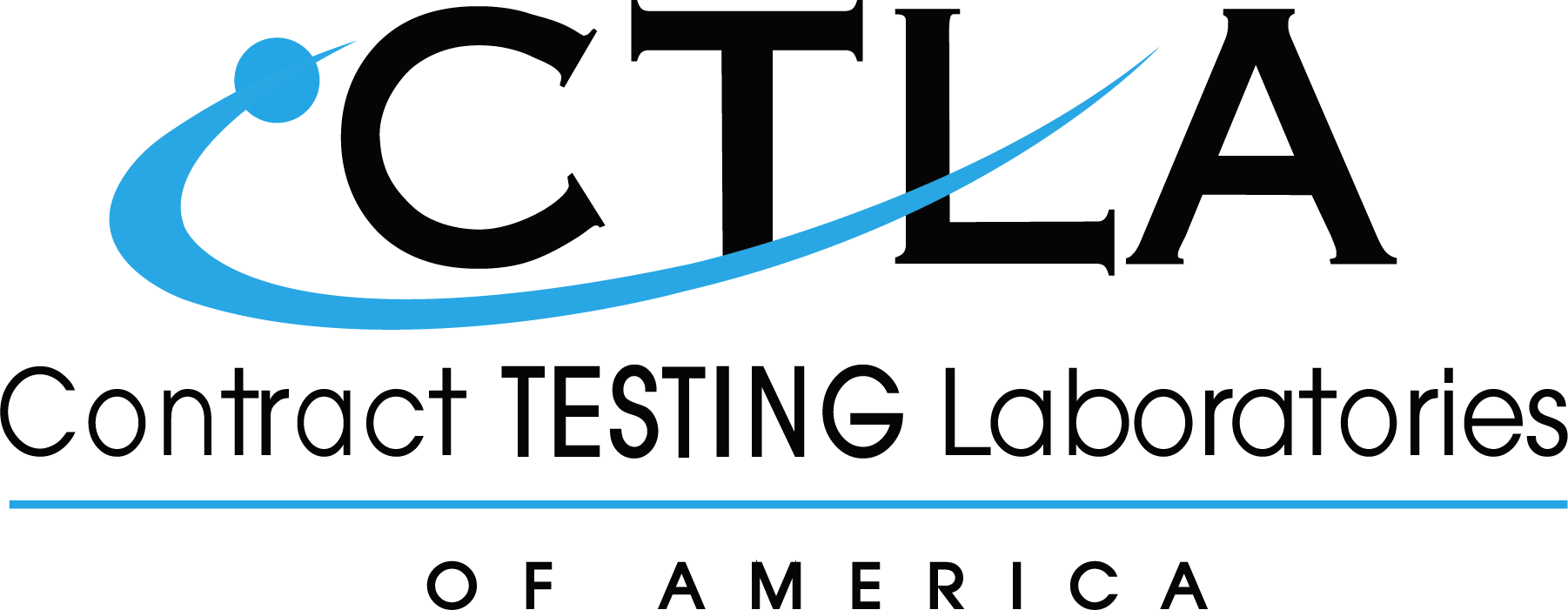
Identity and Concentration Testing with HPLC
High Performance (or Pressure) Liquid Chromatography (HPLC) uses analytical chemistry to determine the presence of and estimate the concentration of numerous substances. To separate and identify individual components in a sample, HPLC uses known chemical characteristics.
- In HPLC testing, a liquid solvent (mobile phase) is pushed by pressure through a material-packed column (stationary phase). To test a substance, a sample is injected into the solvent before it enters the column. HPLC test results are based on the time it takes for components to move through the column at a given pressure.
- Each component's affinity for the column’s packing materials determines its retention time in the stationary phase. Minuscule beads are packed into the column, increasing the contact surface area to attract the sought-after molecules in the sample.
- A detector is hooked up to the base of the column. (The solvent used in the mobile phase is the detector’s baseline.) The detector detects and graphs components (y-axis) against elapsed time (x-axis) from the initial sample injection.
- The graphed peak at a known standard time for an individual component identifies the component and, based on the detector, quantifies the concentration. The component concentration is quantified using known chemical principles and by calculating the area under the peaked parabola.
- Instead of using pressure to push the solvent through the column, basic liquid chromatography (LC) uses gravity or adhesion/cohesion properties. LC testing involves uncomplicated equipment and is, therefore, less costly. However, HPLC significantly reduces testing time to provide quick and accurate results for time sensitive-testing needs.
HPLC Analytical Techniques
In an HPLC system, the solvents used in the mobile phase and the packing materials in the stationary phase can be altered based on testing needs. HPLC columns and solvents can be arranged to test components based on polarity, ionization, and particle size.
Polarity
Normal Phase HPLC
Normal phase HPLC testing tests for non-polar molecules that easily mix with or dissolve in non-polar solvents. In normal phase HPLC testing, the column is packed with silica (polar) to allow non-polar molecules to quickly pass through the stationary phase. The polar ones are retained by their attraction to the silica.
This is the oldest LC technique and, as such, was given the name ‘Normal Phase’ even though it is not as commonly used today. It works well to separate and detect phospholipids.
Mikhail Tsweet, a Russian botanist, in the early 1900s developed LC. He filled an open column with either powdered chalk or alumina and poured in his solvent extract of specific plant leaves. As the solvent extract passed through the column, it separated into colored bands based on each component's retention time.
Reversed-Phase HPLC
Developed in the 1970s, Reversed-Phase HPLC simply reverses the polarity of the mobile and stationary phases to detect and quantify polar molecules. This is the most commonly used HPLC method. It works well to detect and quantify organic substances, including carbohydrates, vitamins, and amino acids proteins.
In reversed-phase HPLC, carbon is added to the silica in the column to make the stationary phase non-polar. The mobile phase solvent and analyte are polar.
To increase the sought-after polarity range in one test run, the polarity of the solvent can be gradually changed. This is referred to as gradient elution, and it works well for substances like sugars, sterols, and fatty acid esters. Gradients are also commonly used to clean columns to remove components stuck in the stationary phase.
Ion Exchange HPLC
The ionization of the target substance determines the ionization of the column’s packing material. When seeking to detect positively charged molecules, the stationary phase is packed with a negatively charged material. For negatively charged molecules, the column contains positively charged material.
Ion Exchange HPLC works great to separate and detect biologically charged molecules, including amino acids, peptides, and nucleotides.
Size Exclusion
HPLC can be configured to detect molecules based on particle size. Porous beads in the stationary phase attract smaller particles while letting large particles pass through. This works well when trying to separate small molecules from large biomolecules. Like separating out electrolytes from proteins, for example.
Additional HPLC Configurations
Additionally, some substances can be better identified and quantified by adding an additional detection layer.
For example, pesticides and cannabinoids (or CBD) are best detected when employing ultraviolet-visible light (UV-Vis) spectrophotometry. A diode array detector (DAD) measures the amount of UV-Vis light absorbed by the molecules once separated by the column based on their relative polarity and particle size.
Adding mass spectrometry analysis after molecule separation in the stationary phase increases the sensitivity and selectivity to quantify individual components. Mass spectrometry measures the mass-to-charge ratio to accurately determine the quantity of individual components in drugs, dietary supplements, and food samples to meet FDA labeling regulations.
CTLA HPLC Testing Services
The Food and Drug Administration (FDA) regulates raw material and final product identity and purity testing for processed foods and dietary supplements. In addition, for organic products, routine HPLC testing rules out pesticide residue to maintain your brand’s integrity and consumer confidence.
CTLA offers HPLC testing to identify and quantify the nutritional components in final product foods and dietary supplements. HPLC testing also benefits product development to ensure complete product mixing during manufacturing.
In addition, CTLA offers HPLC residue testing for over 80 pesticides. You can confidently promote your brand’s organic status with CTLA testing.
We are an ISO/IEC 17025:2017 accredited lab. Contact CTLA today to see how our services can benefit your brand!
Article by Jae O. Haroldsen
The content of CTLA’s website is for information only, not advice or guarantee of outcome. Information is gathered and shared from reputable sources; however, CTLA is not responsible for errors or omissions in reporting or explanation. CTLA gives no assurance or warranty regarding the accuracy, timeliness or applicability of the content.
Sources:
“Principles of Chromatography.” Khan Academy. https://www.khanacademy.org/science/class-11-chemistry-india/xfbb6cb8fc2bd00c8:in-in-organic-chemistry-some-basic-principles-and-techniques/xfbb6cb8fc2bd00c8:in-in-methods-of-purification-of-organic-compounds/a/principles-of-chromatography
Chromatographic Columns. (2020, August 15). https://chem.libretexts.org/@go/page/299
Quick Biochemistry Basics. “HPLC: High Performance Liquid Chromatography.” YouTube. 2019. https://www.youtube.com/watch?v=ZN7euA1fS4Y
Sarker, Satyajit and Nahar, Lutfun. “Normal Phase HPLC: Applications of High-Performance Chromatography in the Analysis of Herbal Products.” Sciencedirect. 2008. https://www.sciencedirect.com/topics/chemistry/normal-phase-hplc
Jandera, P. “Liquid Chromatography: Normal Phase.” Science Direct. 2020. https://www.sciencedirect.com/topics/chemistry/gradient-elution-chromatography
“Difference Between HPLC and LCMS.” Differencebetween.com. 2015. https://www.differencebetween.com/difference-between-hplc-and-vs-lcms/
“Beginners Guide to Liquid Chromatography.” Waters. https://www.waters.com/waters/en_SG/HPLC---High-Performance-Liquid-Chromatography-Explained/nav.htm?cid=10048919&locale=en_SG
“Normal Phase HPLC: Handbook of Analytical Separations.” Science Direct. 2008. https://www.sciencedirect.com/topics/chemistry/normal-phase-hplc







